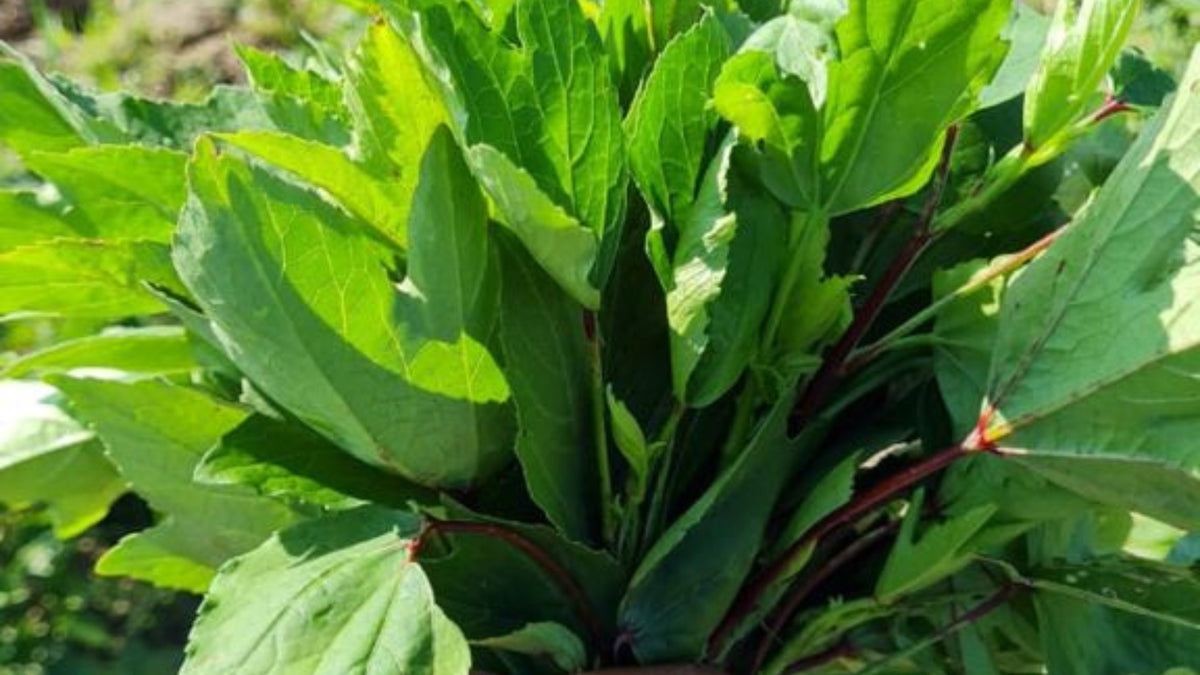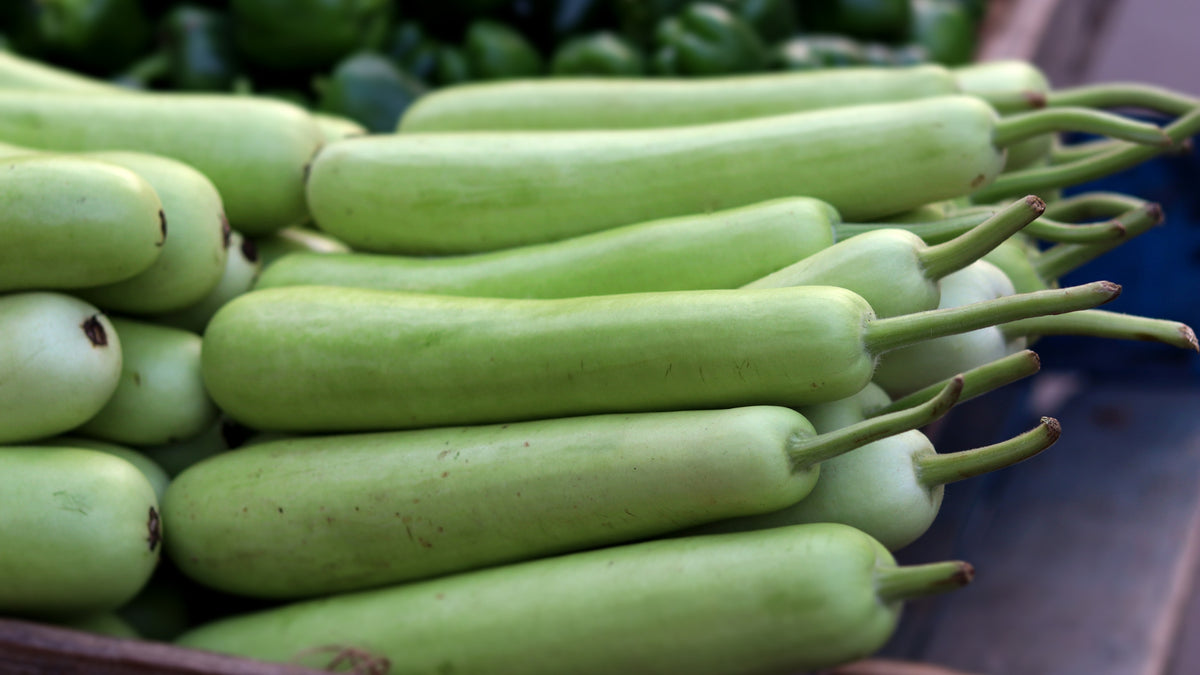
Joint Pain: An Ayurvedic Case Study

Joint pain can be caused by Osteoarthritis which is a degenerative joint disease that clinically presents with low-grade inflammation and pain in the joints. Inside the joints there is an abnormal wearing of the cartilage that protects and cushions the joints, as well the synovial fluid which lubricates the joints is decreased.
Sandhigata Vata is an Ayurvedic disorder that is similar to Osteoarthritis. It is one of the most common vata disorders that mainly occurs later in life due to the wearing and tearing of the joint tissue.
Case Study by Dr Vishwanath Guddadar
A male aged 63 years presented with bilateral knee joint pain and swelling. He is a professor and has a history of standing for long periods of time and is also overweight. He has suffered with pain while standing for 4 years. Initially the pain was mild, which later increased while commuting to work and standing for long hours teaching. For one year, the pain and swelling had increased around the joints as well as developing crepitation (creaking sound from the joints) while walking.
His daily activities like standing for long periods and eating unhealthy foods were exacerbating his symptoms. He consulted with an orthopedic doctor and was prescribed pain medication which offered only temporary relief. Over time, the pain and swelling continued to increase while taking the prescribed pain medication.
When the client came into my office, he was experiencing great difficulty walking, sitting in a squatting position, and was unable to climb stairs. A view of the x-rays previously taken by his doctor confirmed both knee joints have osteoarthritis, particularly the left knee.
Symptoms:
- Sandhishoola (pain in the joints)
- Atopa (crepitations in joints)
- Sandhi stambha (stiffness in joints)
- Prasarana – Akunchana (pain when moving)
- Shotha (swelling of joints)
Upon Examination:
- Pulse – 72/min
- Blood pressure – 130/85 mm hg
- Cardiovascular system – Normal
- Central nervous system – Normal
- Respiratory system – Normal
- Crepitus was found in both joints with restricted movements
- Jivha (tongue) – Sama (with toxins)
- Mala - Mutra Pravrutti (urine and stool) – Normal
- Prakruti (body constitution) – Vata/Pitta
- Bala (strength) – Medium
- Jatharagni (digestive fire) – Madhyama (moderate)
Goal: improve walking distance and standing time
In this condition, the vata and kapha dosha are vitiated and responsible for the whole pathological process.
Preventive Measures to Help Balance Vata and Kapha
Avoiding or minimizing the use of tikta (bitter), kashya (astringent), katu (pungent), rasa (tastes) and especially avoid sheeta virya ahara (cold foods).
- Rasayan Sevana (intake of rejuvenation medicine).
- Regular practice of Abhyanga (self-massage).
- Avoid sudden jerking movements.
- Avoiding continuous and excessive use of one joint.
- Avoid long standing, walking long distance.
- Maintaining a healthy weight may be the single most important factor.
- Protecting the joints from serious injury or repeated minor injuries will decrease the risk of further damage to the cartilage.
- Exercise can help reduce joint pain and stiffness and engaging in light to moderate physical activity may prevent further decline and may even restore some healthy function.
Lifestyle Changes to Help Balance Vata and Kapha
- Avoid staying awake late at night
- Sleeping during daytime
- Avoid excess physical and mental activities
Occupational Changes
Once osteoarthritis is diagnosed the person should reduce shock to the affected joint. Hammering away at deteriorating cartilage is likely to speed up the degeneration. People in occupations requiring repetitive and stressful movement should explore ways to reduce the trauma to the joints. Adjusting the work area and substituting tasks will help reduce the stress on the joints.
Herbal Supplements
- Triphaladi Churnam
- Gandharvahastadi Oil
- Yogaraj Guggulu Vatika Tablets
- Dhanwantharam Kwath Tablets
- Dhanwantharam Oil
- Karpuradi Oil
Initially the client was given Triphaldi Churnam and Gandharvahastadi Oil for shodhana for the purpose of detoxification. These two products help to reduce sama kapha dosha (kapha toxin) and sama meda dhatu (toxins in the fat tissue) which are causing obstruction to nourish the joints.
Later adapted with vatahara chikitsa (vata balancing line of treatment). In this we used Dhanwantharam Kwath tablets and Yogaraj Guggulu tablets internally, as well as external application of Dhanwantharam Oil and Karpuradi Oil which are anti-inflammatory and pain reducing.
After administering treatment for 3 months, the pain, stiffness and swelling were reduced. Gradually, after six months of treatment, 70% of symptoms disappeared completely. Client can now walk easier, sit on the floor, and is able to stand for longer periods of time. The success of Ayurvedic treatment allowed the client to return to his daily life with minimal discomfort.
Ayurvedic Consultation
Kottakkal is committed to offering the highest quality Ayurvedic Healthcare. We offer two ways to have an Ayurvedic consultation. 1. Free 15-minute Consultation with our Ayurvedic practitioner, Julie Wardwell for when you need a product recommendation for a basic health problem. 2. In-depth Consultation with our Ayurvedic doctor, Vaidya Vishwanath Guddadar for when your condition is chronic with multiple symptoms.
Disclaimer: These statements have not been evaluated by the Food and Drug Administration. Kottakkal Ayurveda products and information are not intended for use in the diagnosis, treatment, cure, or prevention of any disease. If you have serious, acute, or chronic health problems, please consult a trained health professional. If you are seeking the advice of a trained Ayurvedic professional, call (800) 215-9934 or email us at contact@kottakkal.shop. We will provide you with information to consult with Ayurvedic professionals. Always check with your doctor before taking herbs when pregnant or nursing.
Also in Healing with Kottakkal Ayurveda

Food is Medicine - Organic Gongura Leaf
Gongura, often referred to as Indian sorrel, is a leafy green vegetable packed with an array of health benefits. This vibrant green is a treasure trove of essential vitamins, minerals, and antioxidants.

Food Is Medicine - Organic Bottle Gourd

Boosting Energy and Rejuvenation with Narasimha Rasayana
Narasimha Rasayanam is an herbal jam formulated with base ingredients of butter, honey, and milk. This time-tested remedy is believed to promote balance within the body's three doshas, vata, pitta, and kapha and supports a range of health concerns. From supporting physical strength and hair health to promoting rejuvenation and cognitive function, Narasimha Rasayanam offers a multifaceted approach to well-being.


Vaidya Vishwanath
Vaidya Vishwanath grew up in Pune, India which is hub of traditional Ayurvedic gurukul teachings, following the principles of Ayurveda as part of his culture. He has dedicated his career over the past 1 ½ decades to the science of Ayurveda. Vaidya Vishwanath received his bachelor’s degree in Ayurvedic medicines and surgery after completing five and a half years of training from Bangalore University. He is specialist in panchakarma (Physical and Mental Purification Therapy) and preventive cardiology. He has completed his post graduate diploma in panchakarma and preventive cardiology from Pune, India. He is also certified spine health specialist from Maharashtra university of health sciences, Nashik, India.